The California quail is a species of quail that lives along the western coast of North America. Males of this species have a unique crest of feathers on their heads. Females also have a crest, but it is much shorter and less dramatic. These birds are quite common within their range. Read on to learn about the California quail.
Description of the California Quail
Like many bird species, female quails are less dramatically colored than males. They have brown, tan, gray, and white feathers. Males also have brown feathers, but their chests are slate gray, and there are stark white stripes on their faces.
The male’s crest is relatively long, comma-shaped, and hangs forward in front of his head. Males are slightly larger, but both sexes are around 10 inches long and weigh between 5 and 7 ounces.
Interesting Facts About the California Quail
This species of quail is charismatic and beautiful. They also have several traits and adaptations to help them survive. Learn more below!
- Feces Feast – As gross as it may sound, young quails actually eat the poop of adult quails. Adult birds have special organisms living in their digestive tract, which young birds do not have. Without obtaining these organisms from their parent’s feces, the young birds would never be able to properly digest vegetation.
- Baby Boom – A single quail’s nest sometimes has as many as 28 eggs. However, not all the eggs in a clutch necessarily came from the quail sitting on them! These quails sometimes lay eggs in other bird’s nests, much like cuckoo birds.
- Birds of a Feather – Once their eggs have hatched, groups of quail often congregate to form nurseries. All of the adults care for and protect all the chicks. This increases the likelihood that the young survive. The more eyes you have looking out for predators, the less likely something will eat you!
- Crucial Crest –California quail have a distinctive crest atop their heads. This crest, known as a “plume” or “topknot,” is larger in males. Though it looks like a single large feather, the plume actually contains six interlocked feathers.
Habitat of the California Quail
These birds prefer living in open areas with low shrubbery for them to hide under. Some ecosystems that they inhabit include foothills, valleys, open woodlands, coastal sagebrush, and chaparral.
Within their range, these birds also live in urban areas. Birdseed on the ground frequently attracts them, whether under bird feeders or placed directly on the ground. These quail are quite fun to watch in a safe yard!
Distribution of the California Quail
California quail live in California, obviously, but they also inhabit much of the western coast of North America. Their range extends all the way to the tip of Baja California in the south.
From there, it extends north through California, Oregon, and Washington, into portions of Canada. They also live in some areas of Nevada, Utah, and Idaho.
Diet of the California Quail
This quail’s favorite food is seeds, usually from lupine, geranium, pea, clover, and more. In addition to seeds, they also feed on berries, fruits, acorns, leaves, flowers, grains, and other plant parts.
Especially during the breeding season, they hunt for small insects and invertebrates. They eat a variety of these, including crickets, snails, caterpillars, beetles, and more.
California Quail and Human Interaction
These quails do not negatively impact humans in any way. People do, however, use and impact this species, though not to a high enough degree where we threaten their populations. The IUCN lists California quail as Least Concern.
People hunt this species, and they also breed them and keep them as pets. Some people also feed wild birds, by leaving birdseed for them to eat.
Domestication
Humans have not domesticated this species of quail, though they do keep them as pets. One could potentially argue that this species is partially domesticated. We have selectively bred them, but they haven’t undergone this process for a long enough period for true domestication.
Does the California Quail Make a Good Pet
Yes, this species makes a good pet. However, you should never take a bird from the wild. Not only does this impact wild populations, but wild birds also carry diseases and pests. Instead, choose a reputable breeder with healthy birds and clean enclosures.
California Quail Care
Quails in aviaries prefer habitats with plenty of ground shrubbery and bushes. They spend most of their time on the ground, and need plenty of hiding places. By providing a variety of plants and shrubs, your quail have hiding places and foraging opportunities.
They are also social birds, and should live in small groups. You can feed your quail game bird seed or quail diet, along with fresh greens and insects.
Behavior of the California Quail
This species is very social, and flocks, or “coveys,” frequently number in the dozens and more. They live on the ground, and hide under bushes and shrubs when predators threaten. As the breeding season approaches, the large groups break up and pairs form. The breeding pairs establish territories, which they protect from other quail.
Reproduction of the California Quail
Quail pairs begin laying eggs in May. They build their nests on the ground, usually with a variety of grasses. Most nests contain about 14 eggs, and the female incubates them for a little longer than 3 weeks.
Females incubate the eggs, and the males feed and protect them. The newly hatched chicks follow their mother soon after they hatch. The mother leads them to food and protects them from predators.


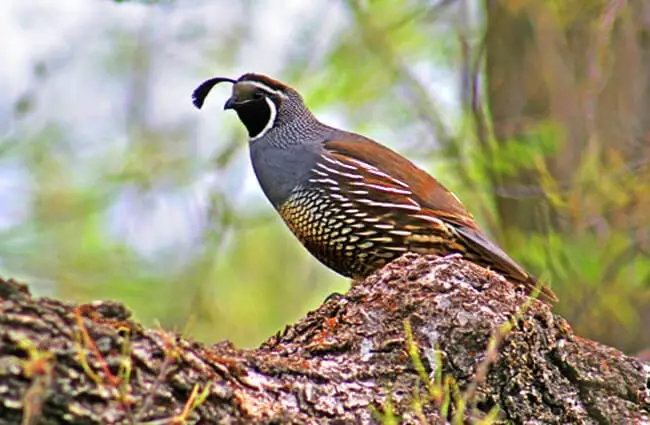
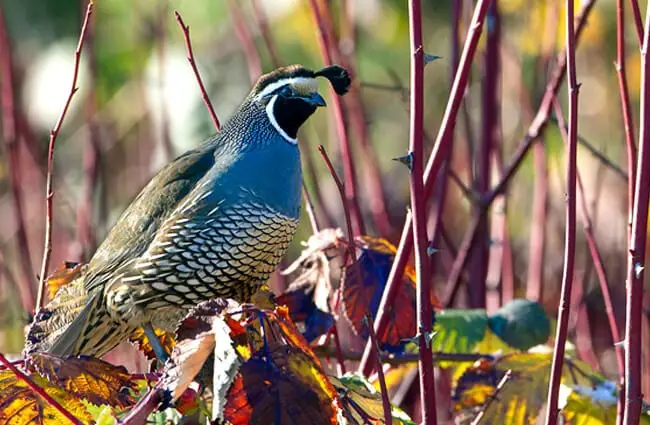

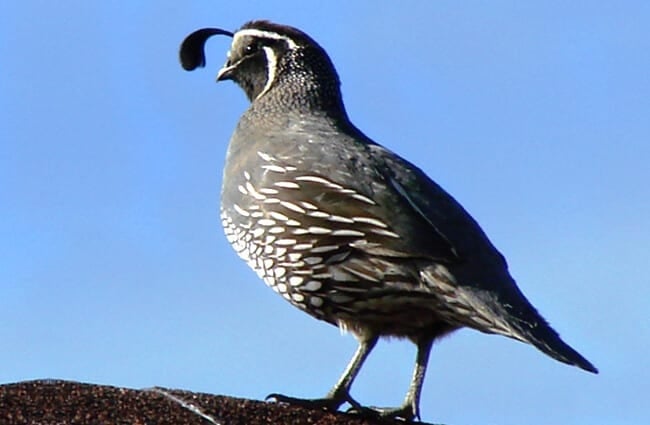



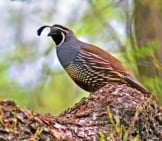
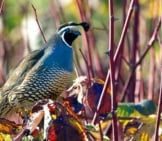
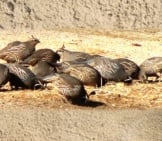
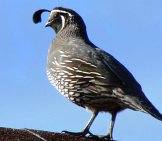
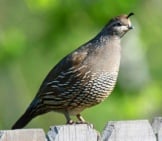
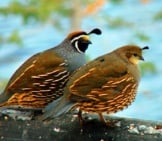
![Red Angus Closeup of a beautiful Red Angus cowPhoto by: U.S. Department of Agriculture [pubic domain]https://creativecommons.org/licenses/by/2.0/](https://animals.net/wp-content/uploads/2020/03/Red-Angus-4-238x178.jpg)












![Red Angus Closeup of a beautiful Red Angus cowPhoto by: U.S. Department of Agriculture [pubic domain]https://creativecommons.org/licenses/by/2.0/](https://animals.net/wp-content/uploads/2020/03/Red-Angus-4-100x75.jpg)

